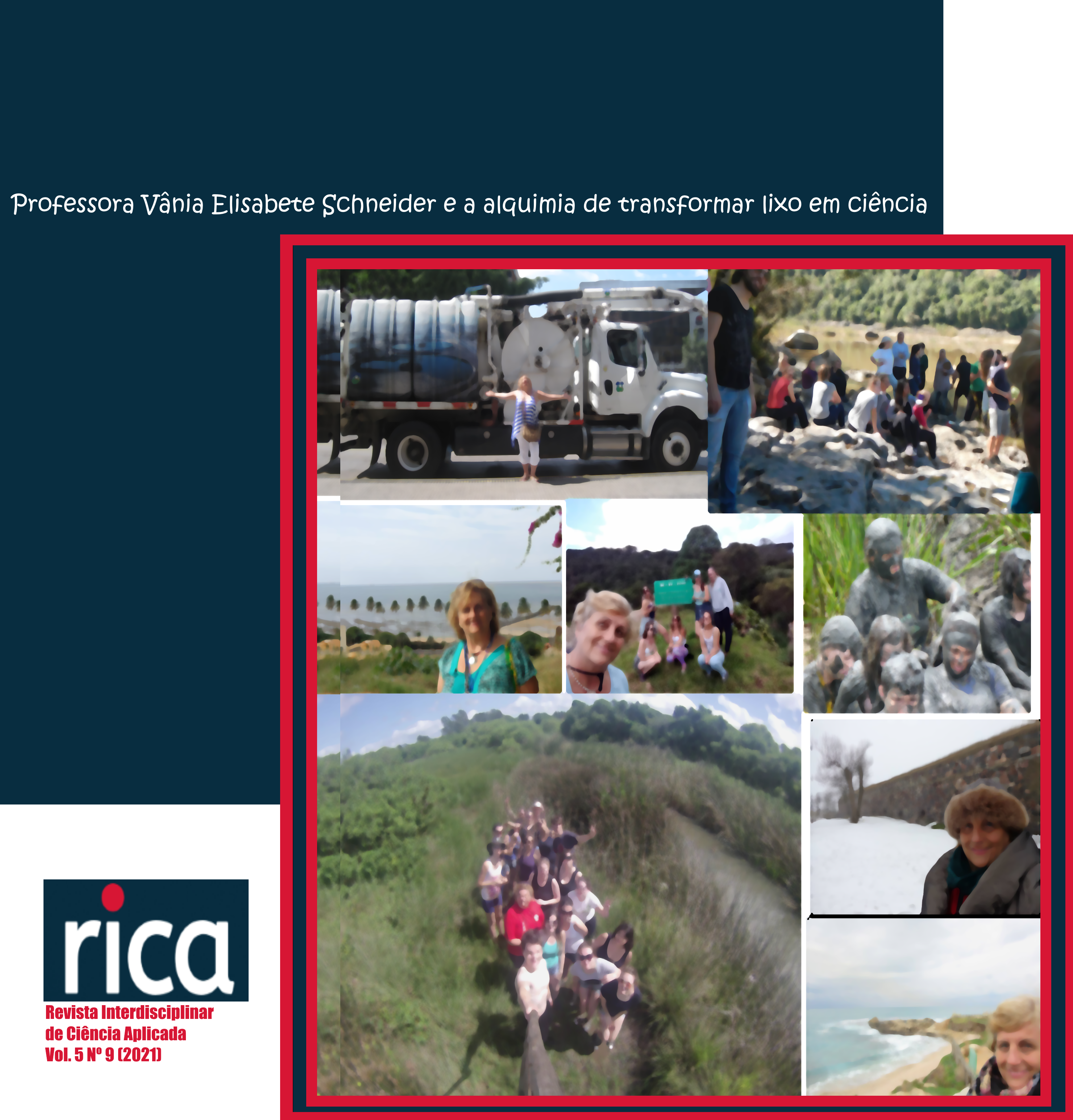Evaluation of the percentage of austenite retained in martensitic stainless steel din 1.4110 with different time intervals between the quenching and cryogenic treatment
DOI:
https://doi.org/10.18226/25253824.v5.n9.08Keywords:
heat treatment, retained austenite, stainless steel, instrumental analysisAbstract
This work aims to evaluate the percentage of austenite that is retained in the matrix of DIN 1.4110 steel, after the processes of tempering and cryogenics due to the alternation of the time interval between the two heat treatments. For that, samples of steel were heat-treated in a 7-stage oven in a controlled atmosphere and accelerated cooling to perform the tempering. Four different intervals between heat treatments were defined: immediately, 6, 12, and 24 hours after tempering. Cryogenic treatment was performed with the same parameters for all samples. Hardness tests and metallography were used in order to characterize the alloy and the X-ray diffraction test to evaluate the amount of austenite retained. The results obtained indicate that the waiting time between treatments reflected directly in the percentages of austenite retained in the steel. As extremes of the test, the percentage of cryogenics performed 24 hours after the quenching treatment was 23.6; whereas for the cryo-genic treatment performed immediately after tempering, the percentage of 11.9% was reached.
References
MENG, F. et al., Role of eta carbide precipitations in the wear resistance improvements of Fe-12Cr-Mo-V-1.4C tool steel by cryogenic treatment. ISIJ International, v. 34, n.2, p. 205-210, 1994.
BARRON, R. F. Cryogenic treatment of metals to improve wear resistance. Cryogenics, v. 22, n.8, p. 409-413, Ago., 1982.
RHYIM, Y.-M. et. al., Effect of deep cryogenic treatment on carbide precipitation and mechanical pro-perties of tool steel. Solid State Phenomena, v. 118, p. 9-14, 2006.
PELLIZARI, M.; MOLINARI; A., Deep Cryogenic Treatment of Cold Work Tool Steel. 6th International Tooling Conference. Karlstad - Suécia: [s.n.]. p. 657-669, 2002.
YUGANDHAR, T.; KRISHNAN, P. K., Cryogenic Treatment and it´s effect on tool steel. 6th International Tooling Conference. Karlstad, Suécia: [s.n.]. 10-13 Set, p. 671-684, 2002.
GOBBI, S. J. et. al. Efeito do tratamento criogênico profundo no desgaste microabrasivo do aço AISI D2. 18º CBECiMat - Congresso Brasileiro de Engenharia e Ciência dos Materiais. Porto de Galinhas - PE - Brasil: [s.n.]. p. 6711-6722, 2008.
SARTORI, C. H.; YOSHIDA, S.; FAGUNDES, M. G., Efeitos do tratamento criogênico na tenacidade à fratura dos aços AISI M2, AISI D2 e aço para trabalho a frio com 8% de Cr. 61° Congresso Anual da ABM. Rio de Janeiro: ABM - São Paulo. p. 3532-3539, 2006.
DAS, S.; DUTTA, A. K.; RAY, K. K., Effect of deep cryogenic treatment on the carbide precipitation and tribological properties behavior of D2 steel. Materials and Manufactuting Processes, v. 22, p. 474-480, 2007.
WIERSZYLLOWSKI, I.; NIEMCZYK, W., The influence of deep cryogenic treatment on precipitation phenomena during tempering and ageing. Defect and Diffusion Forum, v. 283-286, p. 65-73, 2009.
BENSELY, A., SENTHILKUMAR, D., MOHAN LAL, D., NAGARAJAN, G., & RAJADURAI, A., Effect of cryogenic treatment on tensile behavior of case carburized steel-815M17. Materials Characterization, v. 58, p. 485–491, 2007.
HUANG, J.Y., ZHU, Y. T., LIAO, X. Z., BEYERLEIN, I. J., BOURKE, M. A., MITCHELL, T. E., Microstructure of cryogenic treatem M2 tool steel. Materials In: Science and Engineering, v. 339, p.241-244, 2003.
EBONI, G. A., Efeito do Processamento Criogênico na Microestrutura e Propriedades Mecânicas do Aço SAE M2 Temperado e Revenido. Dissertação de Mestrado - Universidade Federal de Santa Catarina, Santa Catarina, 86p., 2010.
COLLINS, D. N., Cryogenic treatment of tool steels. Advanced Materials & Processes. v. 12, p. H23-H29, 1998.
SHACKELFORD, J. F., Introduction to materials science for engineers. 8th e d./Global Edition. Uppler Saddle River: Prentice-Hall, 2015.
CALLISTER, W. D., Ciência e Engenharia de Materiais: uma introdução. Rio de Janeiro: LTC, 2002.
OUTOKUMPU STAINLESS AB., Handbook of stainless steel. Suécia: Outokumpo Oyj, 2013. Disponível em: https://www.outokumpu.com/choose-stainless/stainless basics/handbooks. Acesso em 17 de jul. de 2019.
VERHOEVEN, J.D., PENDRAY A.H., CLARK H.F., Wear tests of steel knife blades. Wear. p.1093-1099, 2008.
RAMOS, L. B., SIMONI, L., MIELCZARSKI, R. G., VEGA, M. R. O., SCHROEDER, R. M., & MAL-FATTI, C. de F., Tribocorrosion and Electrochemical Behavior of DIN 1.4110 Martensitic Stainless Steels After Cryogenic Heat Treatment. Materials Research, v.20(2), p. 460–468, 2017.
SYARIF, J., H. YOUSUF, M., SAJURI, Z., BAGHDADI, A. H., MERABTENE, M., & OMAR, M. Z. Effect of Partial Solution Treatment Temperature on Microstructure and Tensile Properties of 440C Martensi-tic Stainless Steel. Metals, v.10(5), 694, p. 1-14, 2020.
SARTORI, C. H., Influência dos tratamentos térmicos e tratamentos criogênicos na tenacidade do aço rápido AISI M2. Dissertação (Mestrado em Engenharia) – Departamento de Engenharia Metalúrgica e de Materiais, Escola Politécnica da Universidade de São Paulo, São Paulo, 123p., 2009.
YUN D., X. L., Deep cryogenic treatment of high speed steel: microestruture and mechanism. International Heat Treatment and Surface Engineering, v. 2, p. 80-84, 2008.
MELADO A., NISHIKAWA A., FUJIOKA R., VIEIRA E., GOLDENSTEIN H., Efeito da porcentagem de austenita retida nas propriedades mecânicas de um ferro fundido nodular submetido ao processo de têmpera e partição. 70° Congresso Anual da ABM – Internacional, p. 2337-2344, 2015.
CASTILHO W. S., Tratamentos criogênicos nos metais. Revista sitio novo, v. 3, p. 115-126, 2019.
Downloads
Published
How to Cite
Issue
Section
License
Copyright (c) 2021 Fábio Júnior Meurer, Thaís Morato Bueno, Lírio Schaeffer

This work is licensed under a Creative Commons Attribution 4.0 International License.
Authors keep the copyright and cede to the journal the right of publishing first. Published works are licensed under a Creative Commons Attribution 4.0 International (CC BY 4.0) license, allowing the sharing of the work with recognition of the authorship and initial publication in this journal.






